ESTABLISHING AN ADAPTIVE AND MORE COMPLETE ARCTIC OBSERVING SYSTEM
Leads: Arild Sunfjord, Norwegian Polar Institute and Anna Nikolopoulos, UiT The Arctic University of Norway

OBJECTIVE
We want to establish an all-inclusive observation system that can record ongoing environmental changes in the Arctic. It builds on observations from space with satellites and on measurements from the ground, including data from sensors and knowledge recorded by Indigenous Peoples who live in the Arctic year-round.
SUMMARY
An All-Inclusive Observing System in the Arctic
The Arctic is warming three times faster than the rest of the world. The impacts of this warming on the cryosphere (the world of frozen water; glaciers, snow, permafrost and lake, river and sea ice) and the ecosystems are huge and what happens in the Arctic doesn’t stay in the Arctic but affects the rest of the world. We therefore need to keep a close eye on what is going on to be able to prepare for future changes.
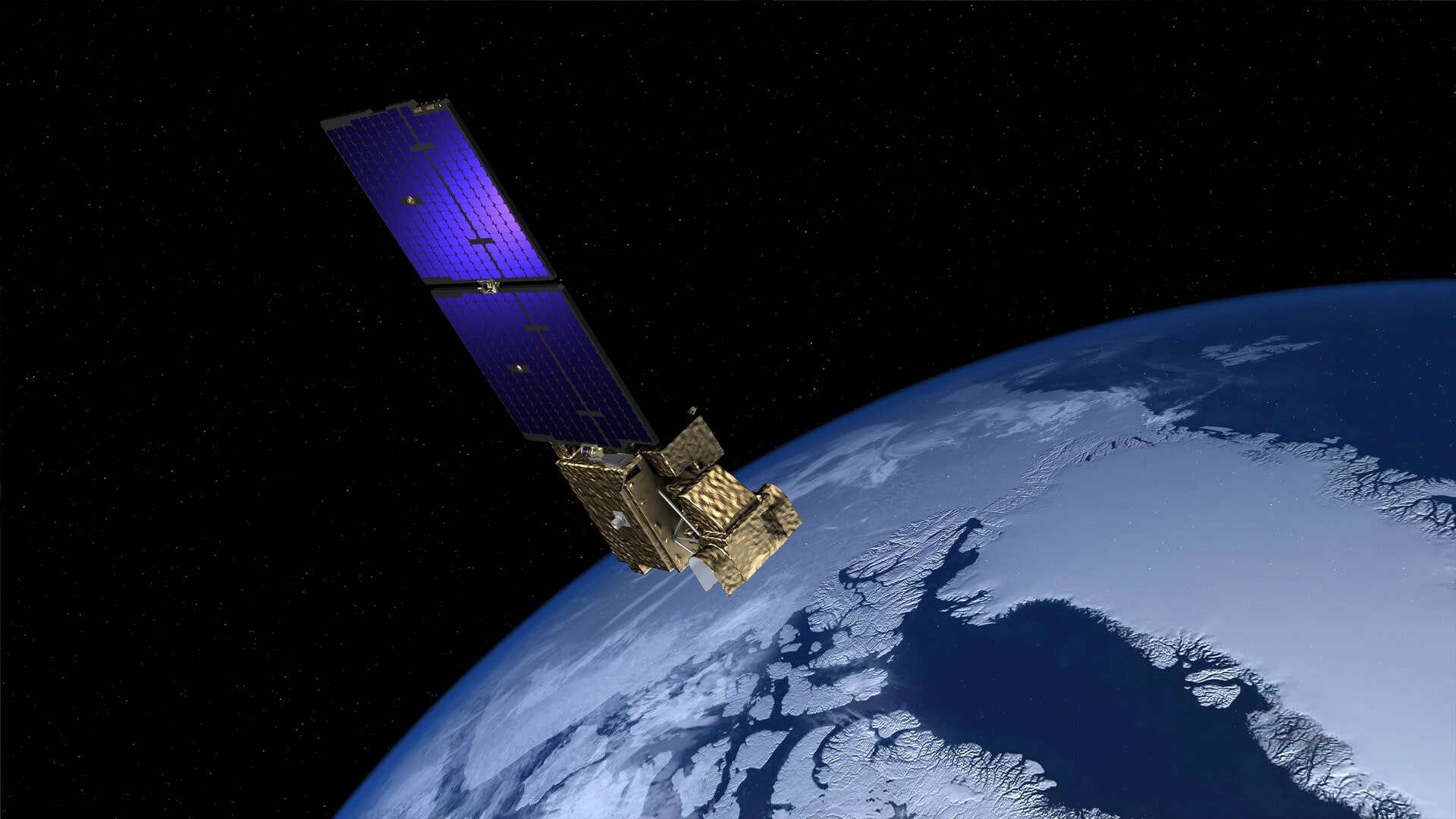
We will observe the climate, the cryosphere and the ecosystems using data obtained from satellites. This provides a good overview as it covers large areas. We will also collect data on the ground and from platforms at sea to make more detailed observations. Finally, we will use the important knowledge that Indigenous Peoples have collected for many decades to detect changes in the environment.
The Arctic is huge and there are large areas where there are no or very few observations made today. We will start new measurements in such areas to contribute with more knowledge on the effects of the warming Arctic and the possible impacts.
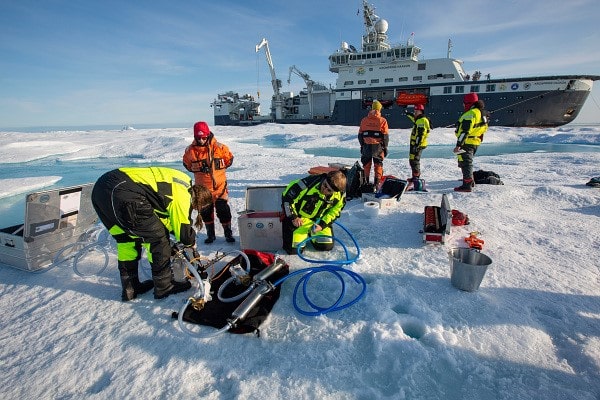
An important part of the planned work is to improve the coordination between the different institutions doing observations in the Arctic. We will strive to harmonize the way measurements and analyses are done, improve the planning and collaboration (who does what when and where), and establish common tools to help prioritize the observations that are most needed to understand the ongoing variability and change in the Arctic.
What makes this system an all-inclusive system is that we will combine all three sources of observations and we will look at changes both on land, at sea and in the atmosphere. We need to look at the full picture - the whole Arctic, a jig-saw puzzle we will hopefully have most pieces for by the end of this project.
News highlights
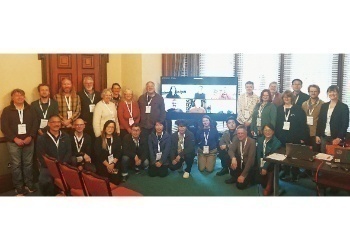
16
Apr, 24DBO community meeting at ASSW2024
A recap of the DBO meeting at Arctic Science Summit Week/Arctic Observing Summit 2024 Read More- by: Anna Nikolopoulos
- Updated: 09 Apr 24
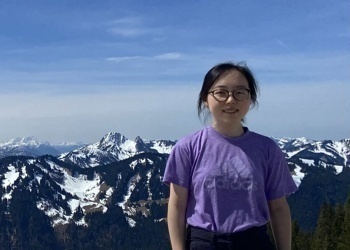
21
Feb, 24Groundbreaking new data can make us better understand glaciers.
Arctic PASSION partners at University of Bristol just published a comprehensive calving dataset from Svalbard Read More- by: Oda Mulelid
- Updated: 21 Feb 24

12
Dec, 23An exciting week for Arctic PASSION in Tokyo
Recap of Arctic PASSION 's participation in a series of meetings in Tokyo, Japan highly relevant for the future of Arctic Ocean Observing Activities Read More- by: Michael Karcher
- Updated: 07 Dec 23
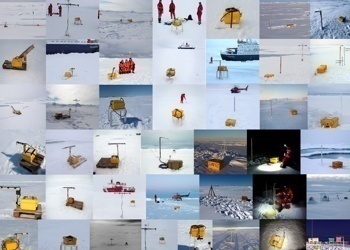
07
Sep, 23Creating a decade worth of Arctic sea ice and snow thickness data from buoy-based temperature measurements
Read about the exciting work with sea ice buoys from WP1 Read More- by: Andreas Preußer …
- Updated: 06 Sep 23
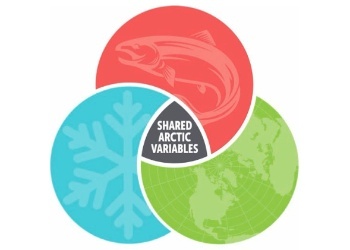
10
Feb, 23'Working with SAON ROADS and Shared Arctic Variables' webinar
Join us for a webinar on working with the ROADS process and Shared Arctic Variables, on February 15th 2023 as part of the Arctic Observing Summit 2023. Read More- by: Sabrina Heerema
- Updated: 10 Feb 23
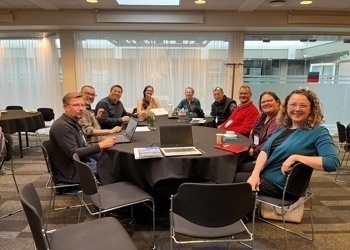
28
Nov, 22Dialogues on improving terrestrial monitoring in the Arctic
One of Arctic PASSION’s objectives is to establish ten terrestrial environmental monitoring sites in the Arctic. This work is led by the INTERACT Non-Profit Association (INPA). Read More- by: Dr Caroline …
- Updated: 27 Nov 22

19
Aug, 22New moorings in the Arctic Ocean
Two ocean moorings have been deployed in the deep ocean as a part of the Arctic Ocean 2022 expedition which Arctic PASSION is participating. Read More- by: Mats Granskog …
- Updated: 19 Aug 22
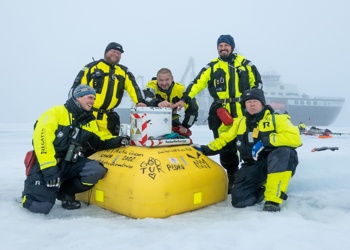
05
Aug, 22New ice drifting buoys deployed near North Pole
Arctic PASSION is currently participating in the Arctic Ocean 2022 Cruise deploying several buoys that will collect data in the coming months while drifting with the ice. Read More- by: Mats Granskog
- Updated: 03 Aug 22
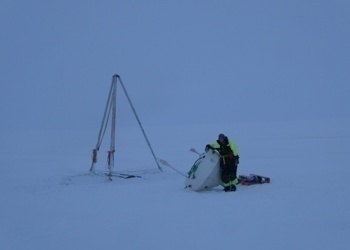
18
Feb, 22CNRS Paris deploys instruments for Arctic sea ice monitoring
In September 2021, CNRS Paris deployed an Ice Atmosphere Arctic Ocean Observing System (IAOOS) platform and a basic ice mass balance buoy from the Norwegian research vessel R/Kron… Read More- by: Sabrina Heerema
- Updated: 14 Feb 22




